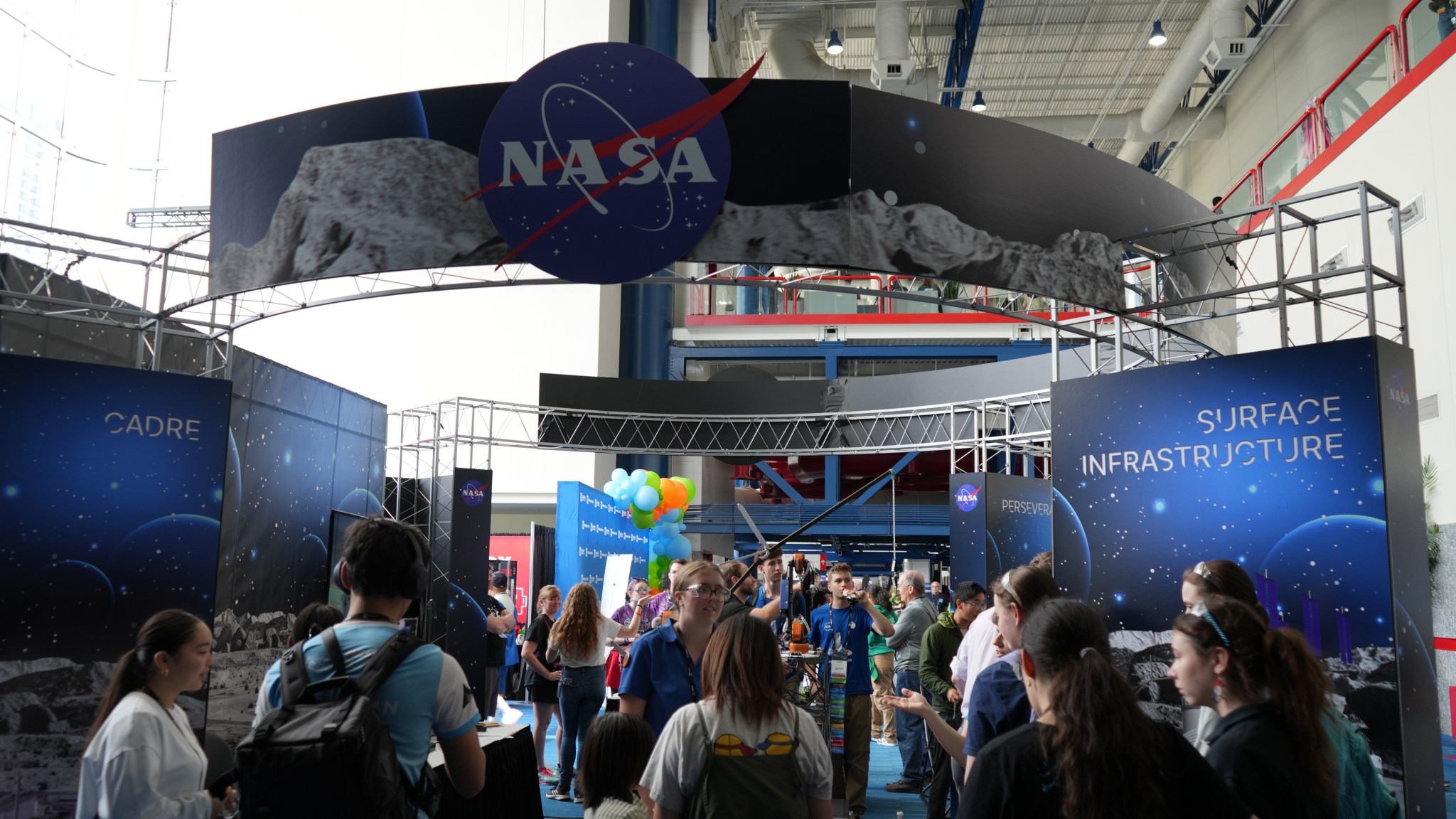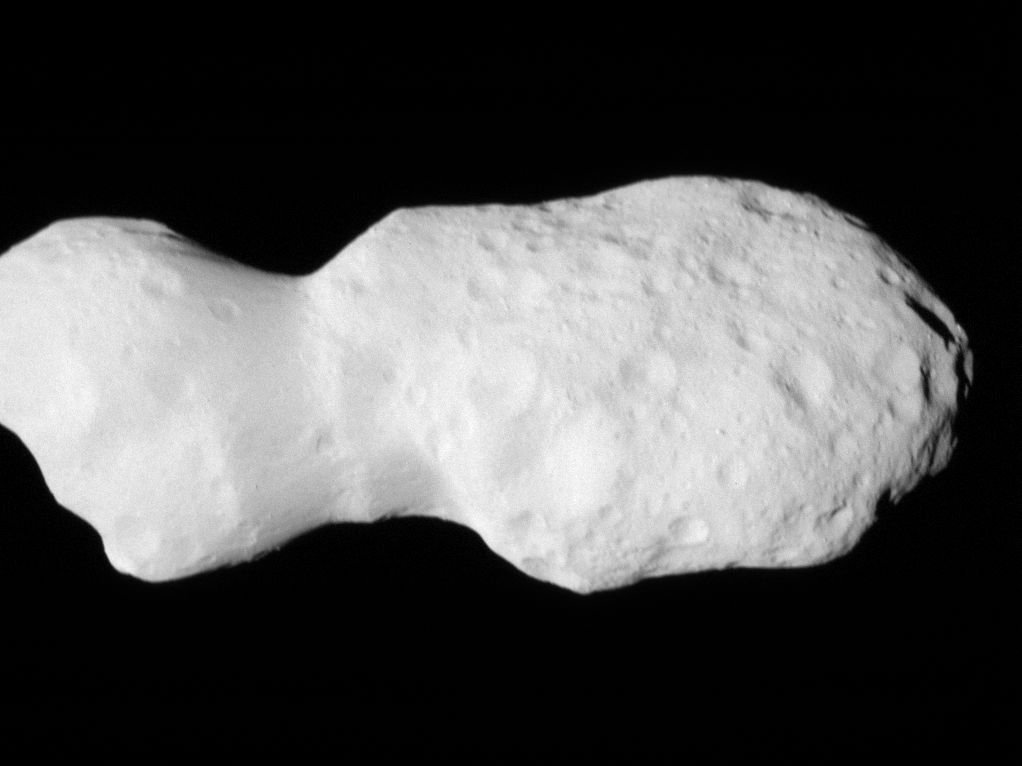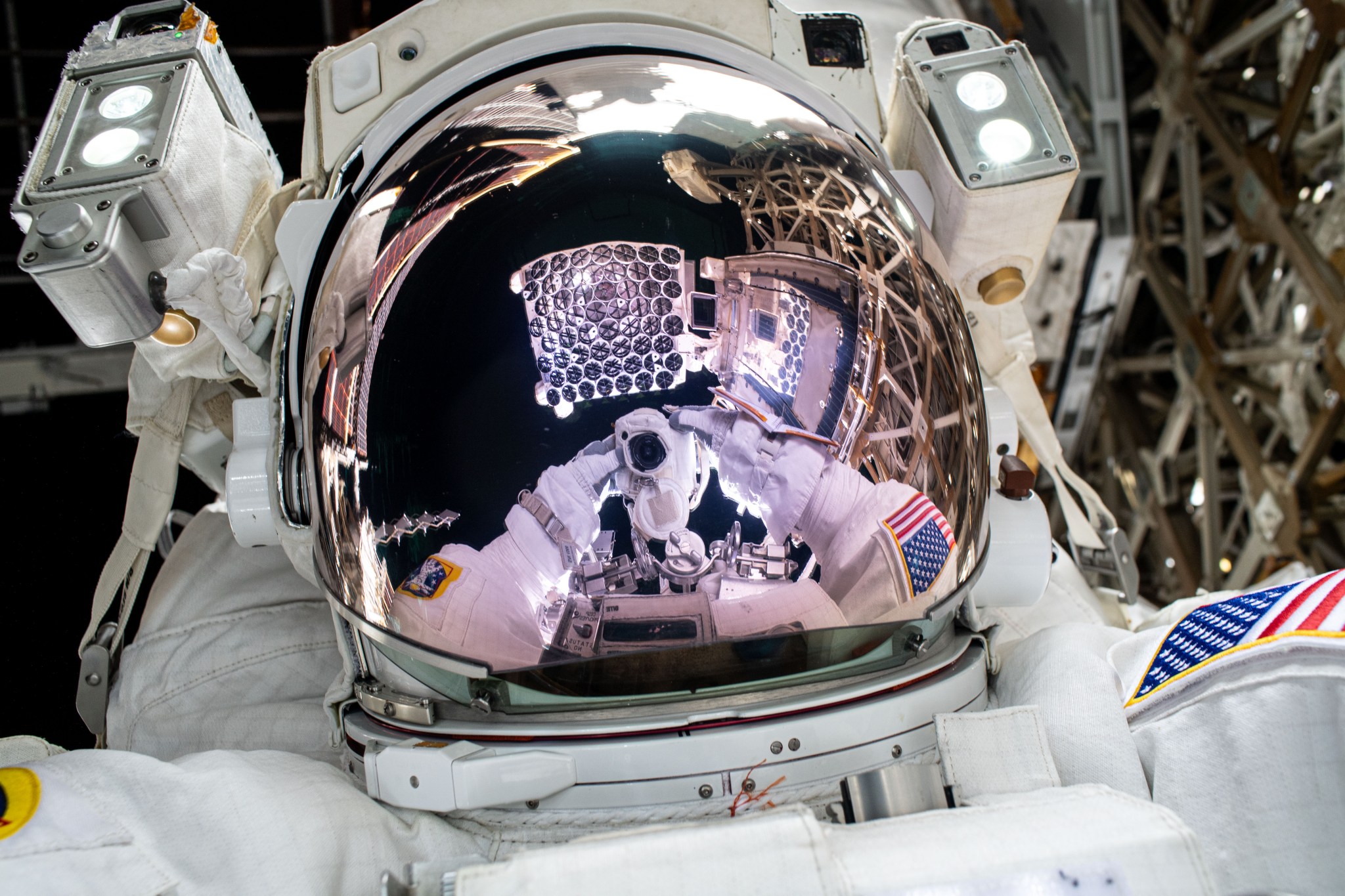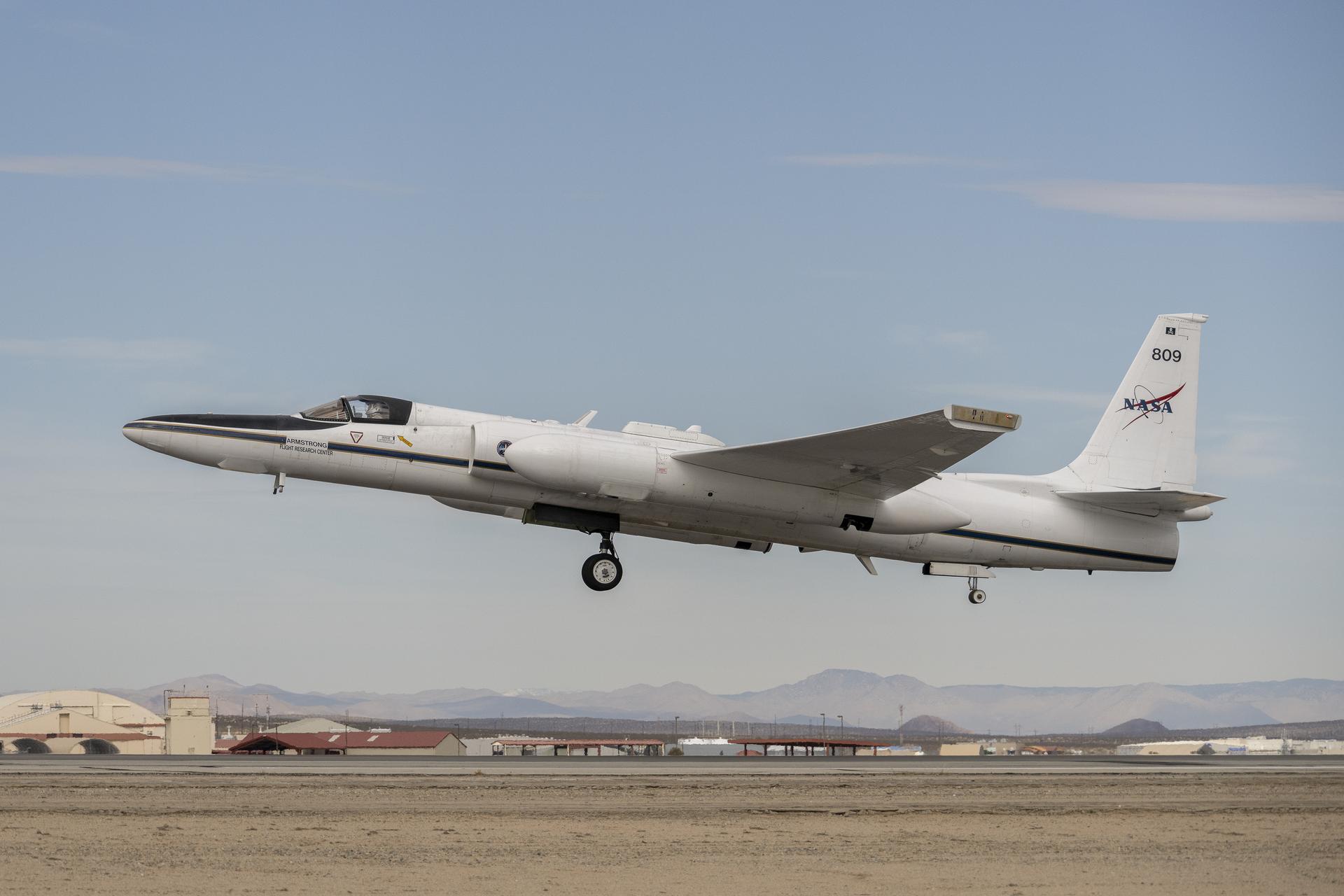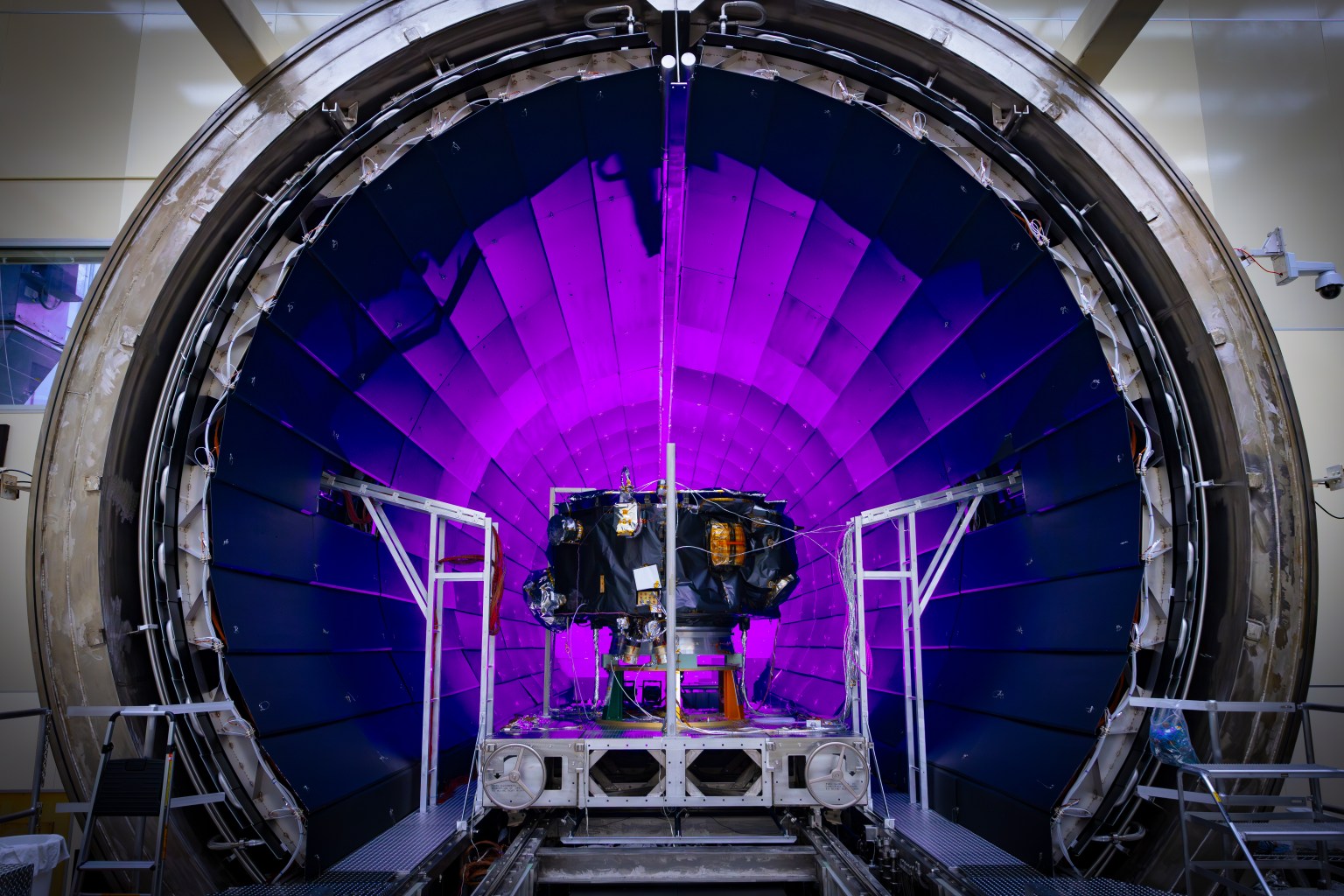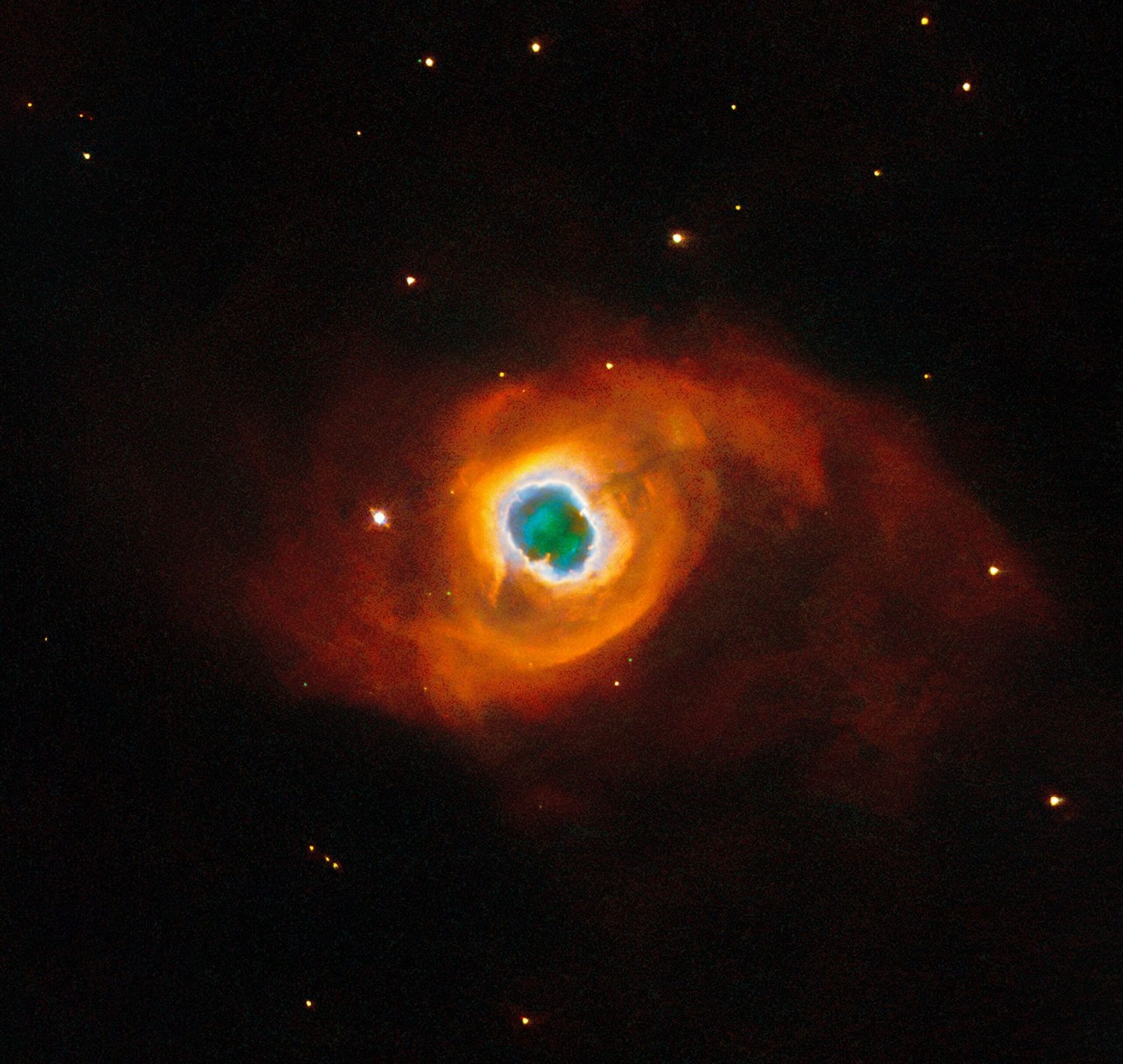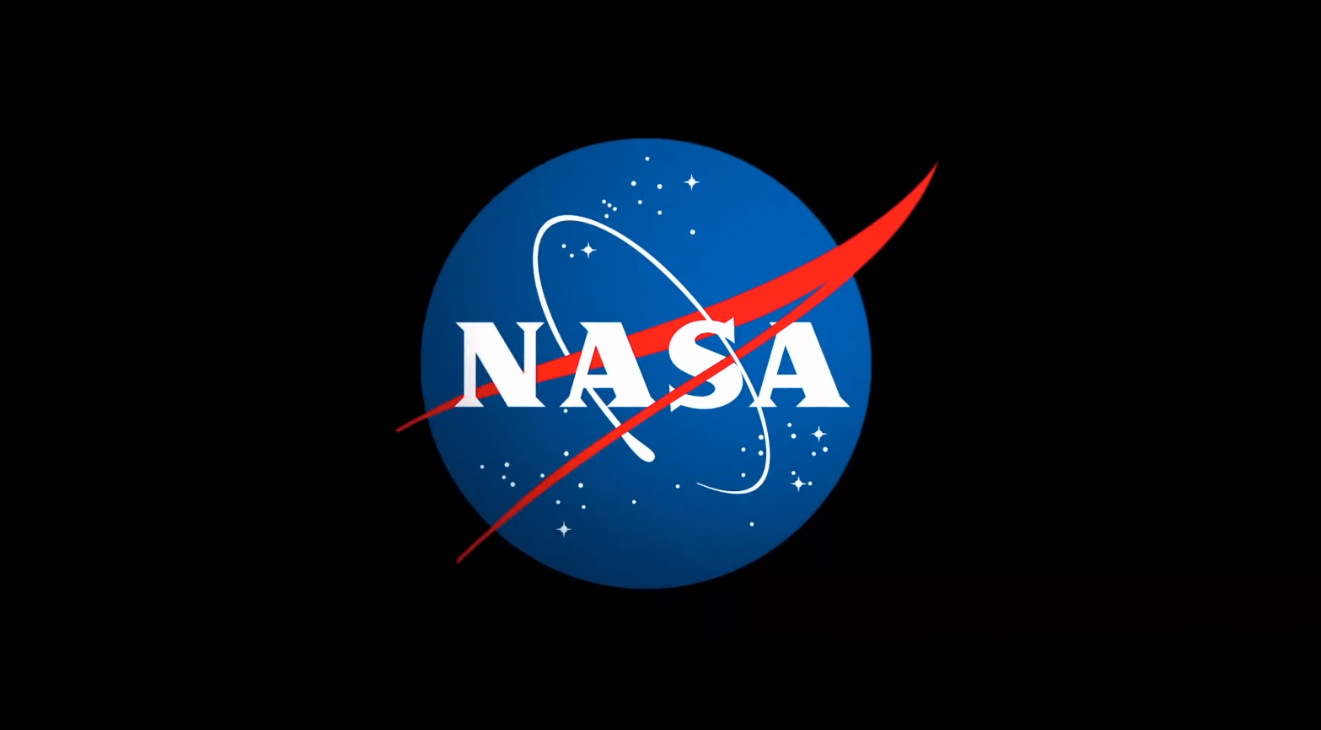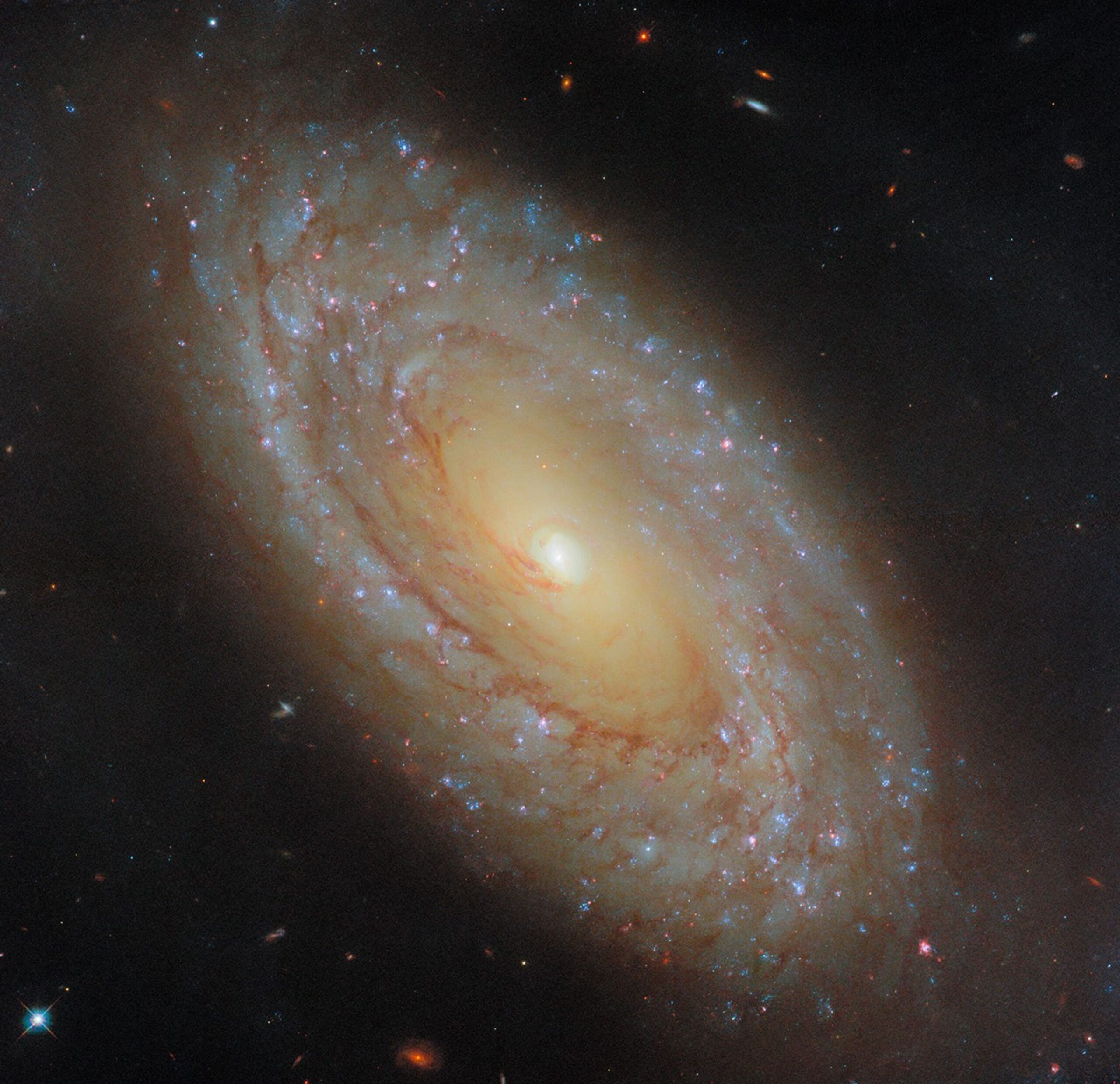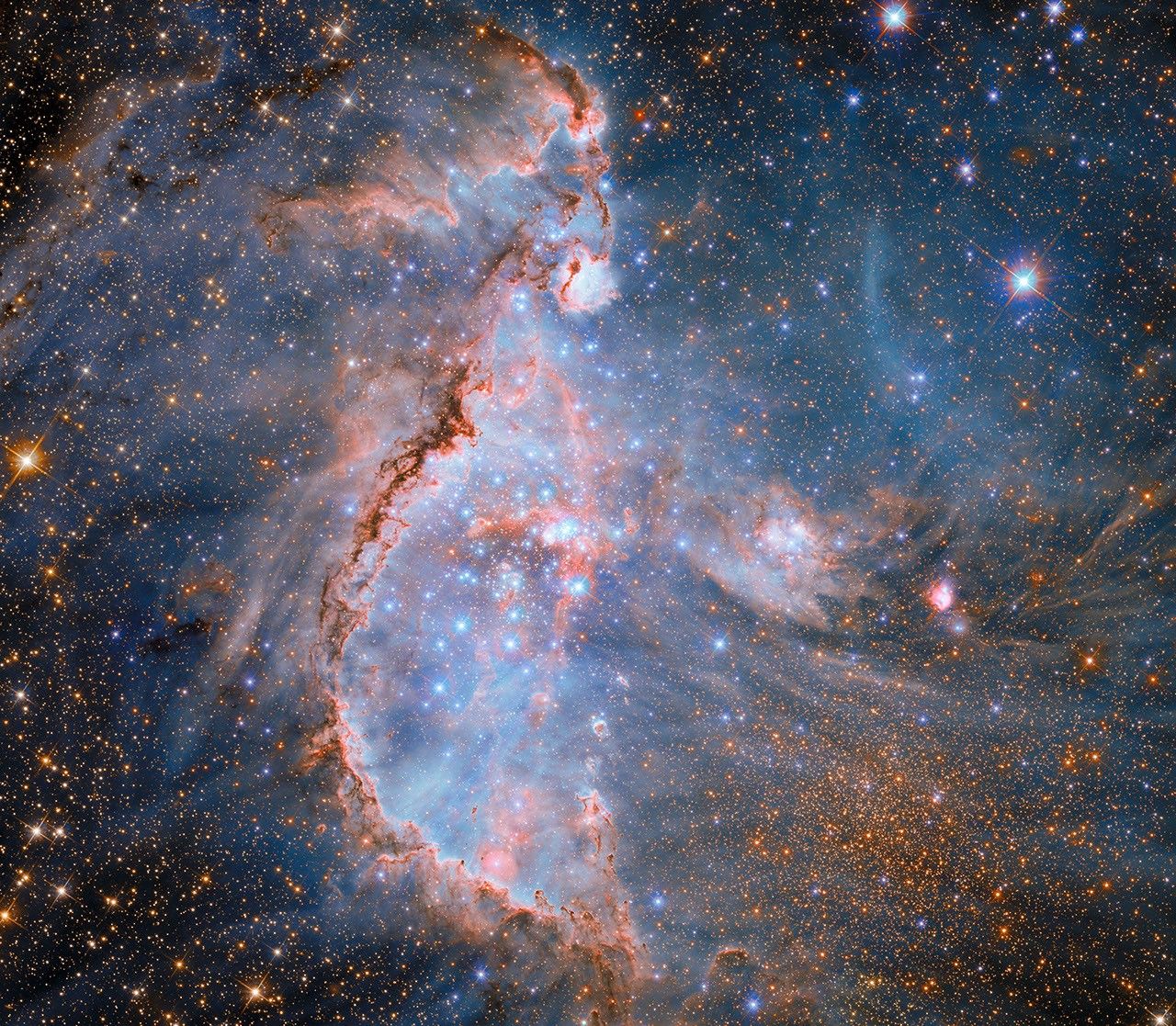What does the future of space exploration look like? At the 2025 FIRST Robotics World Championship in Houston, NASA gave student robotics teams and industry leaders a first-hand look—complete with lunar rovers, robotic arms, and real conversations about shaping the next era of discovery. Students and mentors experience NASA exhibits at the 2025 FIRST Robotics World Championship at the George R. Brown Convention Center in Houston from April 16-18. NASA/Sumer Loggins NASA engaged directly with the Artemis Generation, connecting with more than 55,000 students and 75,000 parents and mentors. Through…
Read MoreTag: Goddard Space Flight Center
NASA’s Lucy Spacecraft Images Asteroid Donaldjohanson
4 min read NASA’s Lucy Spacecraft Images Asteroid Donaldjohanson In its second asteroid encounter, NASA’s Lucy spacecraft obtained a close look at a uniquely shaped fragment of an asteroid that formed about 150 million years ago. The spacecraft has begun returning images that were collected as it flew approximately 600 miles (960 km) from the asteroid Donaldjohanson on April 20, 2025. The asteroid Donaldjohanson as seen by the Lucy Long-Range Reconnaissance Imager (L’LORRI) on NASA’s Lucy spacecraft during its flyby. This timelapse shows images captured approximately every 2 seconds beginning…
Read MoreNICER Status Updates
April 17, 2025 Following Repair, NASA’s NICER Improves Daytime Measurements A NASA X-ray telescope on the International Space Station called NICER, or Neutron star Interior Composition Explorer, has regained additional daytime observation capabilities thanks to repairs completed during a spacewalk and a reconfiguration of its detectors. In May 2023, NICER developed a light leak in which unwanted sunlight began entering the instrument. Photos taken from inside the space station revealed several small areas of damage to the telescope’s thin thermal shields, which block sunlight while allowing X-rays through to the…
Read MoreTesting in the Clouds: NASA Flies to Improve Satellite Data
3 min read Preparations for Next Moonwalk Simulations Underway (and Underwater) Piloted by NASA’s Tim Williams, the ER-2 science aircraft ascends for one of the final science flights for the GSFC Lidar Observation and Validation Experiment (GLOVE) on Feb. 1, 2025. As a collaboration between engineers, scientists, and aircraft professionals, GLOVE aims to improve satellite data products for Earth Science applications. NASA/Steve Freeman In February, NASA’s ER-2 science aircraft flew instruments designed to improve satellite data products and Earth science observations. From data collection to processing, satellite systems continue to…
Read MoreNASA’s IMAP Arrives at NASA Marshall For Testing in XRCF
3 Min Read NASA’s IMAP Arrives at NASA Marshall For Testing in XRCF On March 18, NASA’s IMAP (Interstellar Mapping and Acceleration Probe) arrived at NASA’s Marshall Space Flight Center in Huntsville, Alabama, for thermal vacuum testing at the X-ray and Cryogenic Facility, which simulates the harsh conditions of space. The IMAP mission is a modern-day celestial cartographer that will map the solar system by studying the heliosphere, a giant bubble created by the Sun’s solar wind that surrounds our solar system and protects it from harmful interstellar radiation. To view…
Read MoreHubble Captures a Star’s Swan Song
Explore Hubble Hubble Home Overview About Hubble The History of Hubble Hubble Timeline Why Have a Telescope in Space? Hubble by the Numbers At the Museum FAQs Impact & Benefits Hubble’s Impact & Benefits Science Impacts Cultural Impact Technology Benefits Impact on Human Spaceflight Astro Community Impacts Science Hubble Science Science Themes Science Highlights Science Behind Discoveries Hubble’s Partners in Science Universe Uncovered Explore the Night Sky Observatory Hubble Observatory Hubble Design Mission Operations Missions to Hubble Hubble vs Webb Team Hubble Team Career Aspirations Hubble Astronauts News Hubble News…
Read MoreHubble Helps Determine Uranus’ Rotation Rate with Unprecedented Precision
Explore Hubble Hubble Home Overview About Hubble The History of Hubble Hubble Timeline Why Have a Telescope in Space? Hubble by the Numbers At the Museum FAQs Impact & Benefits Hubble’s Impact & Benefits Science Impacts Cultural Impact Technology Benefits Impact on Human Spaceflight Astro Community Impacts Science Hubble Science Science Themes Science Highlights Science Behind Discoveries Hubble’s Partners in Science Universe Uncovered Explore the Night Sky Observatory Hubble Observatory Hubble Design Mission Operations Missions to Hubble Hubble vs Webb Team Hubble Team Career Aspirations Hubble Astronauts News Hubble News…
Read MoreNASA Selects Goddard Safety and Mission Assurance Contractor
Credit: NASA NASA has selected ARES Technical Services of McLean, Virginia, to provide safety and mission assurance services at the agency’s Goddard Space Flight Center in Greenbelt, Maryland, and Wallops Flight Facility in Virginia. The Safety and Mission Assurance Services III contract is a cost-plus-fixed-fee contract with an estimated total value of $226 million. The contract will have a five-year effective ordering period starting on June 1, 2025, with an optional six-month extension period. Under the contract, the vendor will provide support to the agency’s Safety and Mission Assurance Directorate at…
Read MoreHubble Studies a Nearby Galaxy’s Star Formation
Explore Hubble Hubble Home Overview About Hubble The History of Hubble Hubble Timeline Why Have a Telescope in Space? Hubble by the Numbers At the Museum FAQs Impact & Benefits Hubble’s Impact & Benefits Science Impacts Cultural Impact Technology Benefits Impact on Human Spaceflight Astro Community Impacts Science Hubble Science Science Themes Science Highlights Science Behind Discoveries Hubble’s Partners in Science Universe Uncovered Explore the Night Sky Observatory Hubble Observatory Hubble Design Mission Operations Missions to Hubble Hubble vs Webb Team Hubble Team Career Aspirations Hubble Astronauts News Hubble News…
Read MoreHubble Spots Stellar Sculptors in Nearby Galaxy
Explore Hubble Hubble Home Overview About Hubble The History of Hubble Hubble Timeline Why Have a Telescope in Space? Hubble by the Numbers At the Museum FAQs Impact & Benefits Hubble’s Impact & Benefits Science Impacts Cultural Impact Technology Benefits Impact on Human Spaceflight Astro Community Impacts Science Hubble Science Science Themes Science Highlights Science Behind Discoveries Hubble’s Partners in Science Universe Uncovered Explore the Night Sky Observatory Hubble Observatory Hubble Design Mission Operations Missions to Hubble Hubble vs Webb Team Hubble Team Career Aspirations Hubble Astronauts News Hubble News…
Read More